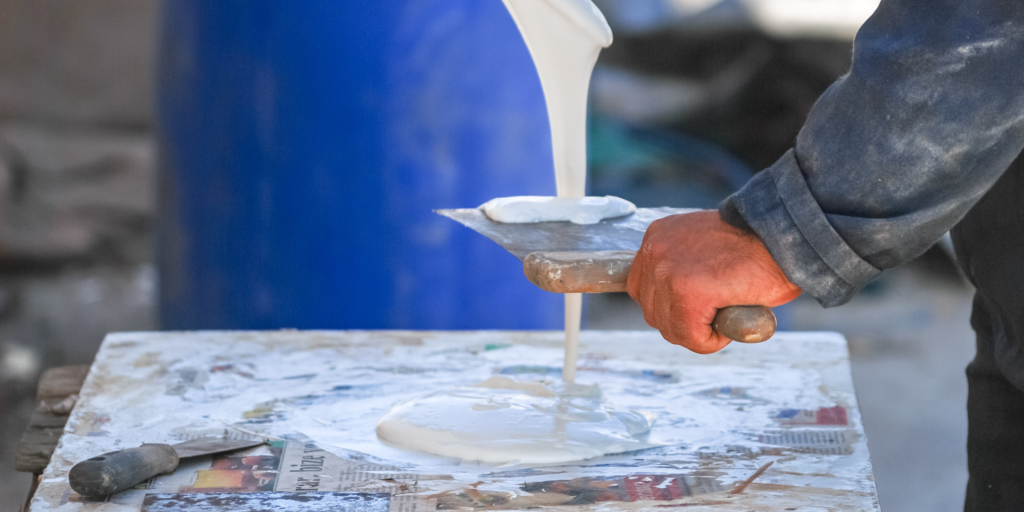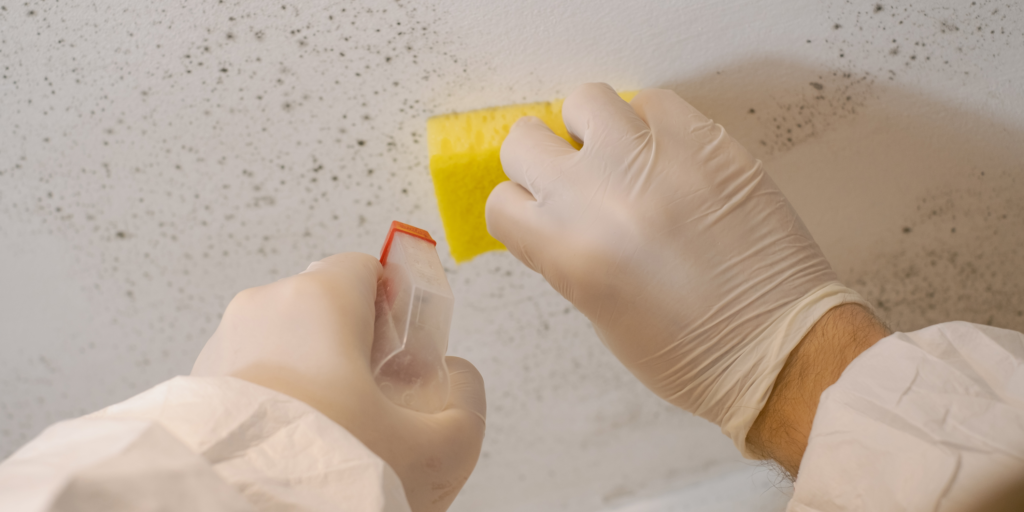Wagner Paint Sprayer 150 is a multifunctional and time-saving device that has changed the way we paint. This sprayer is versatile, applicable for both small and big projects, and spreads paint evenly. DIYers and professional painters love the Wagner Paint Sprayer 150 for its easy handling and power.
The popular Wagner Paint Sprayer 150 is a time-saving and work-saving invention that is an alternative to traditional painting methods. A paint sprayer may achieve this job by spraying quickly and uniformly across large areas without the need for brushwork or roller application. The sprayer determines the spray pattern to help eliminate waste and cost.
Surface Preparation for Painting
Finishing a durable, professional job requires preparing the surface prior to painting. The surface preparation process involves cleaning, repairing, and priming the area where painting will be done. Skipping this part is most likely to result in uneven coating, poor adhesion, and rapid discoloration of the painted surface.

Wipe down the surface with a mild detergent or degreaser to remove dirt, dust, and grease. This stage will determine the smooth finish and paint adhesion. Check your surfaces for cracks, holes, and flaws. After the cleaning, you can do it. This can be done by filling the voids with filler or putty and sanding the surface smooth to match the surrounding area.
Wagner Paint Sprayer 150 Setup
The Wagner Paint Sprayer 150 unit assembly and setup take only a few steps. Attach the spray gun to the hose the proper way. Place the paint container with paint or stain. The Wagner Paint Sprayer 150 spray uses latex, oil-based, and water-based paints.
When the paint container is full, put the sprayer into the air compressor through the hose. Set the air compressor pressure to the paint pressure suggested. The paint manufacturer’s instructions and box provide this data. After all the cables and connections are in place, the spraying starts.
Changing Spray Pattern and Flow Rate
These narrow, comprehensive, round spray patterns are available on the Wagner Paint Sprayer 150. Comprehension and responding to these cycles is a must for a successful performance. Turning the cannon spray nozzle modifies the spray pattern. Experiment with various patterns on a test surface before you start your project, and select the suitable one.
Tips for Smooth, Even Coat
The Wagner Paint Sprayer 150 applies a smooth and even layer of paint, which is technical and requires good technique. Hold the sprayer 6-8 inches from the surface and make small motions back and forth. On the other hand, a sudden halt or a delay in the flow can create an uneven spread or leaks.
Prevent the spray from hitting the surrounding areas, and keep a uniform distance from the surface to avoid drips. If we overlap each pass by 50%, stripes and lines are eliminated, and the coat is smooth and even. To stop the paint from sticking, begin and stop the sprayer a few inches in the air.
Wagner Paint Sprayer 150 Maintenance and Cleaning
The Wagner Paint Sprayer 150 needs regular cleaning and maintenance to last and function well. Flush the sprayer with water or a cleaning solution after each use. Remove extra paint from the container, hose, and spray gun. Be sure to clean the nozzle of dried paint and debris.
Sprayer triggers and needles should be lubricated regularly to prevent sticking and seizing. The hoses should also be checked for wear and replaced if necessary. These cleaning and maintenance steps will prepare your Wagner Paint Sprayer 150 for your next painting endeavor.

Problem-solving for Wagner Paint Sprayer 150
Although the Wagner Paint Sprayer 150 is reliable, it can sometimes malfunction. Common issues include nozzle obstruction from dried paint or dirt. Remove the nozzle and soak it in a cleaning solution or warm water to clear any obstructions. Adjusting the flow rate and spray pattern can fix uneven coverage or overspray, another typical issue.
To avoid these concerns, the sprayer should be cleaned after each use, and all components should be free of paint and particles. Using the proper paint viscosity and following manufacturer directions can also prevent clogging and optimize efficiency.
We conclude that the Wagner Paint Sprayer 150 is a versatile and practical instrument with several advantages over traditional painting methods. A smooth, even paint layer can be achieved by carefully prepping the surface, setting up the sprayer, and controlling the spray pattern and flow rate. Cleaning and maintaining the sprayer and troubleshooting typical faults can make painting easier. Why not try the Wagner Paint Sprayer 150 for your next painting project? The time-saving features and excellent outcomes will impress you.

